Tonight on All Hallows’ Eve, people all over the world will witness the rise of the blue moon. A blue moon is the second full moon in a calendar month, and it happens once every 2 or 3 years, giving the year 13 full moons instead of the traditional 12. The term originates in the Maine Farmers’ Almanac, dating back to the 19th century. A blue moon was previously known as the third or fourth full moon in a single season, referring to a tropical year as opposed to a calendar year.
A rare Hunter’s Blue Moon is upon us. #HappyHalloween 🌝 pic.twitter.com/5LNvHZspKj
— Science Channel (@ScienceChannel) October 31, 2020
A full moon on Halloween is a rare occurrence, only happening once every 19-20 years. But a Halloween blue moon is even rarer, with the last known one taking place in 1944. The moon will be visible starting between 5:50 and 6:40 p.m. local time across most of the U.S., but those hoping to see an actual blue moon may be disappointed, as the actual color of the moon doesn’t change. A visibly blue moon is often the result of forest fires or volcanic eruptions, where soot and ash particles can give the moon a bluish haze.
The blue moon is also known as the hunter’s moon or the beaver moon, as it was considered the best time to lay beaver traps before lakes and rivers froze. You can take a closer look at the blue moon via the Virtual Telescope Project, which offered a live broadcast of the moon rising.
Halloween morning #BlueMoon setting over the Great Dome.
📷: @DanZDill pic.twitter.com/bJ9M6tOing
— Massachusetts Institute of Technology (MIT) (@MIT) October 31, 2020
If you’re looking for more spooky space shenanigans, NASA has released a series of illustrated posters inspired by vintage horror film posters. Titled “Galaxy of Horrors”, the posters depict “dead” galaxies, gamma ray bursts (often caused by the collision of dead stars), and mysterious dark matter.
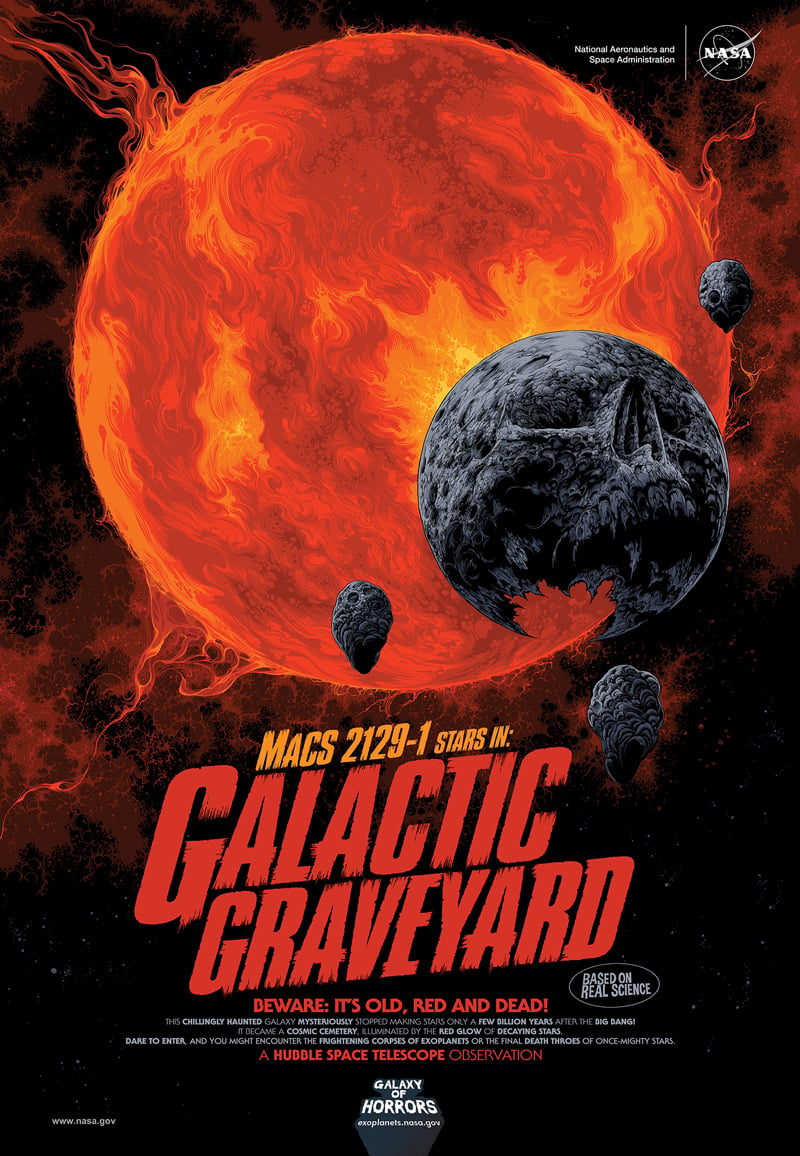
(NASA-JPL/Caltech)
“One of the things I really like about these posters is that if you spend some time studying the art and then maybe go learn a little more about each of these topics, you’ll see there was a lot of thought by the artists about the choices they made to highlight the science,” said Jason Rhodes, an astrophysicist at JPL who consulted on the project.
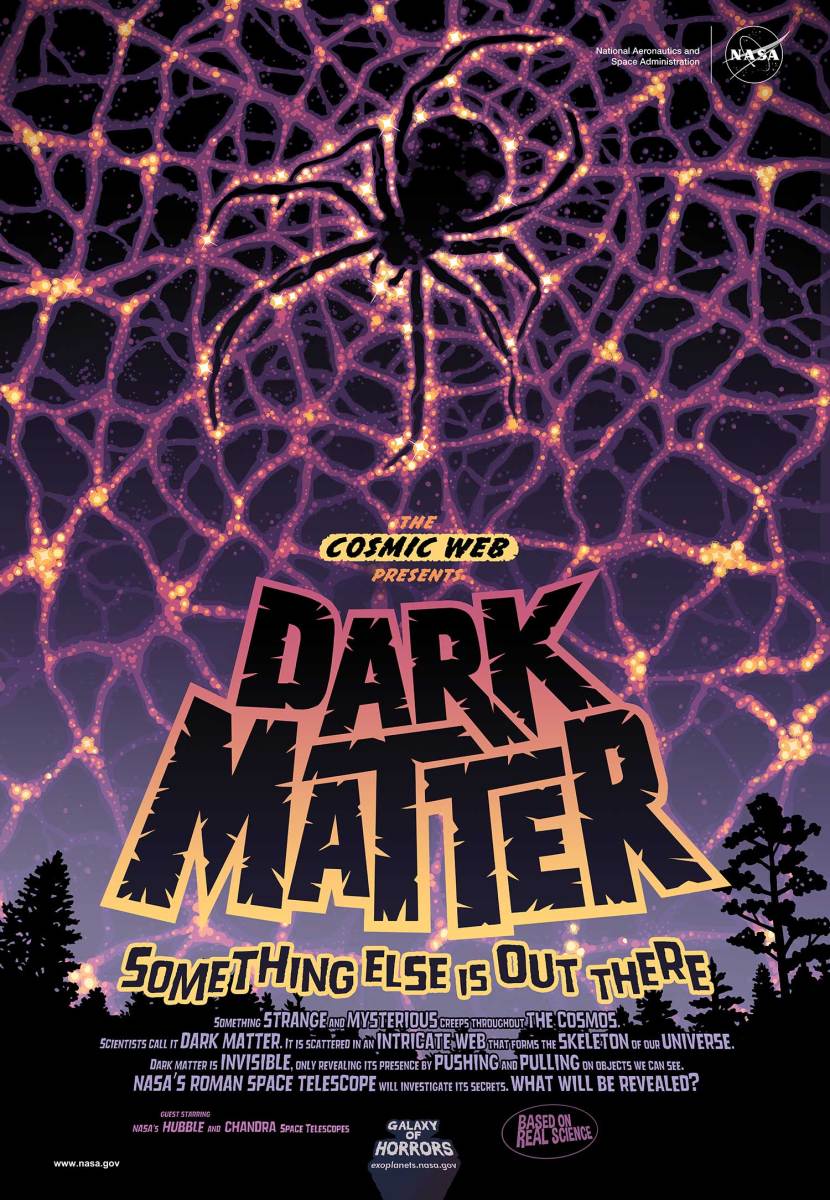
(NASA-JPL/Caltech)
According to NASA, “As fun and creative as all three posters are, they’re based on real phenomena. In a dead galaxy, new star birth has ceased and most remaining stars are the long-lived variety, which are small and red, giving the galaxy a crimson glow. Likewise, when dead stars collide, they sometimes create a gamma ray burst, or the brightest type of explosion in the universe. And while dark matter may sound like it’s right out of a Halloween tale, its gravity keeps stars inside galaxies and hold groups of galaxies together in clusters – yet scientists don’t know what this invisible stuff is made of.” The posters are free to download, and are available in Spanish.
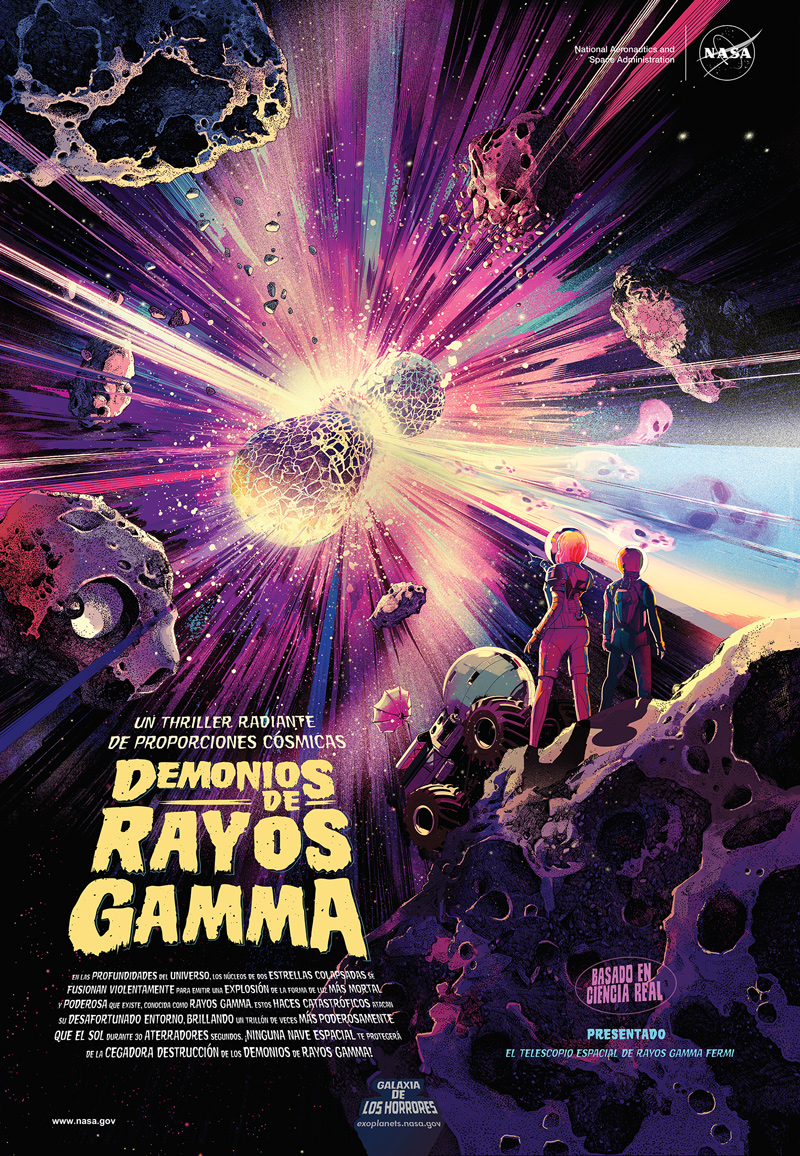
(NASA-JPL/Caltech)
(via CNN, featured image: TAUSEEF MUSTAFA/AFP via Getty Images)
Want more stories like this? Become a subscriber and support the site!
—The Mary Sue has a strict comment policy that forbids, but is not limited to, personal insults toward anyone, hate speech, and trolling.—



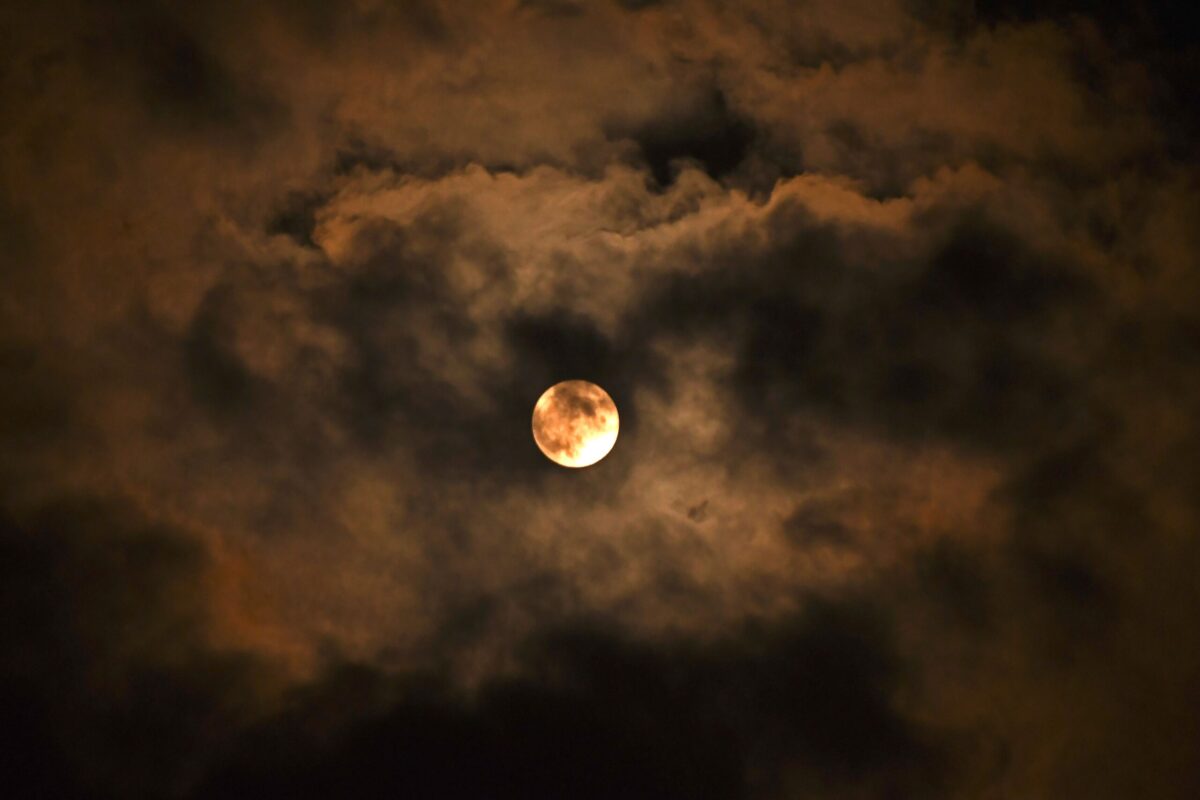


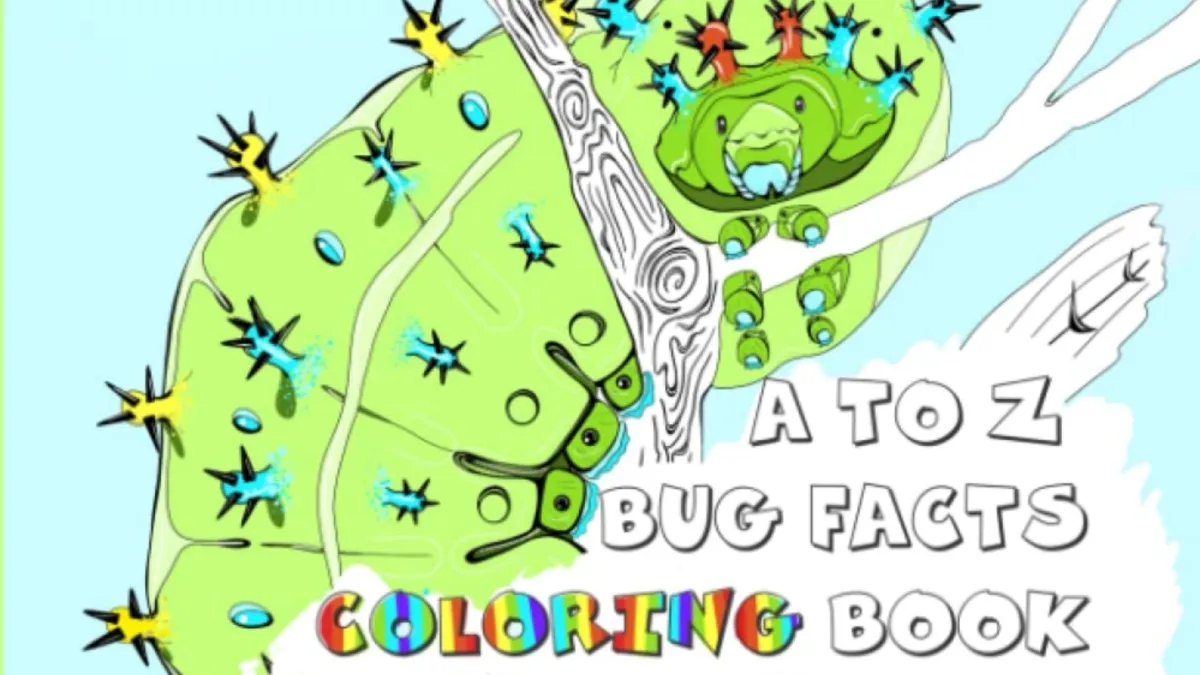
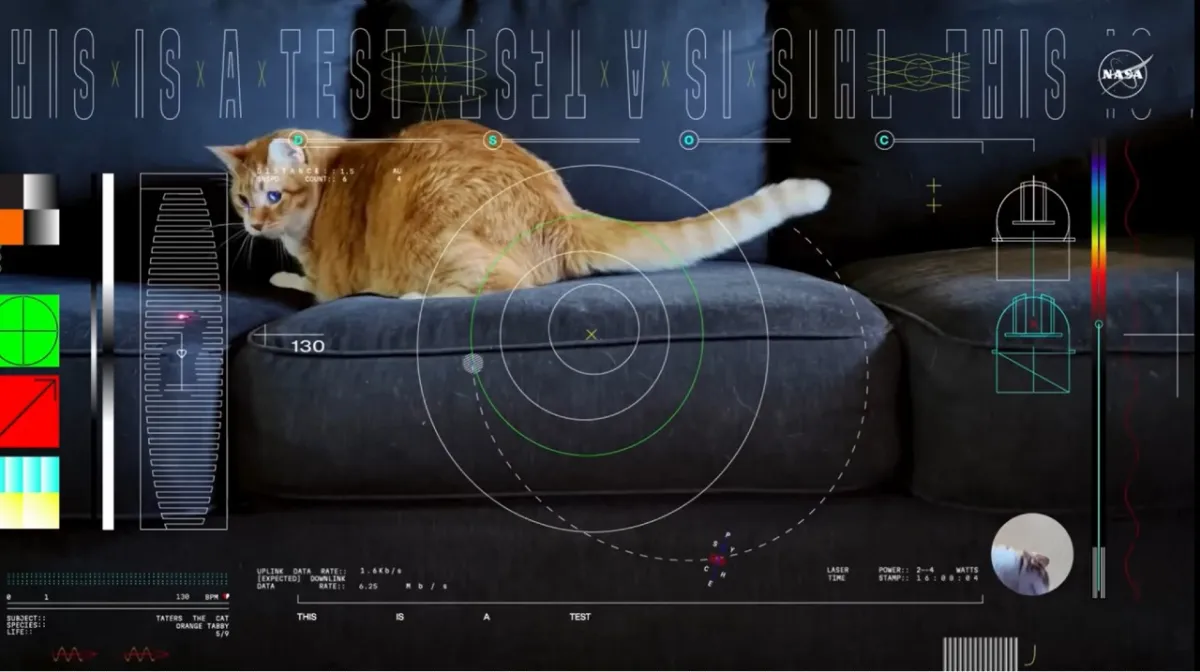


Published: Oct 31, 2020 04:53 pm